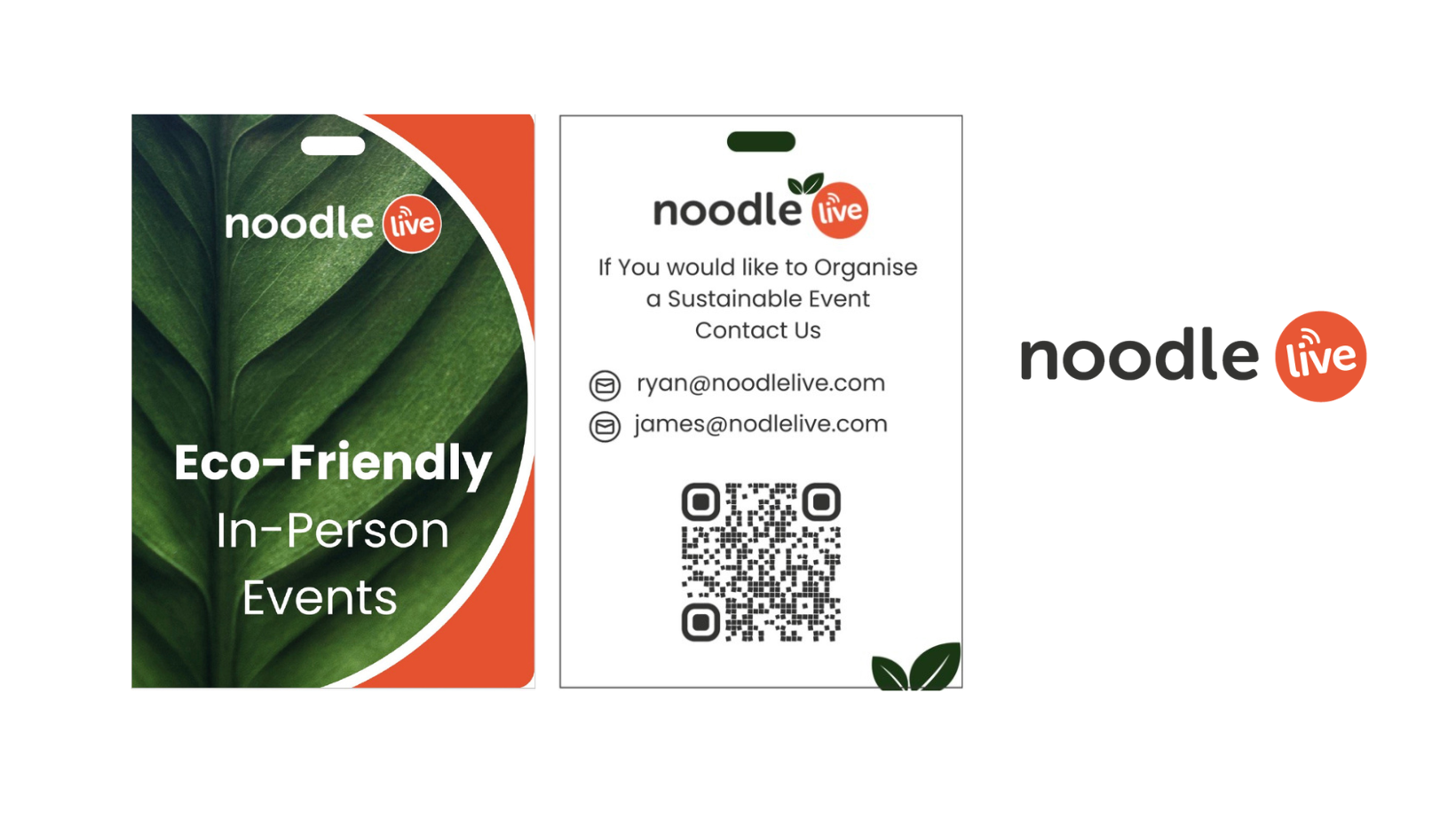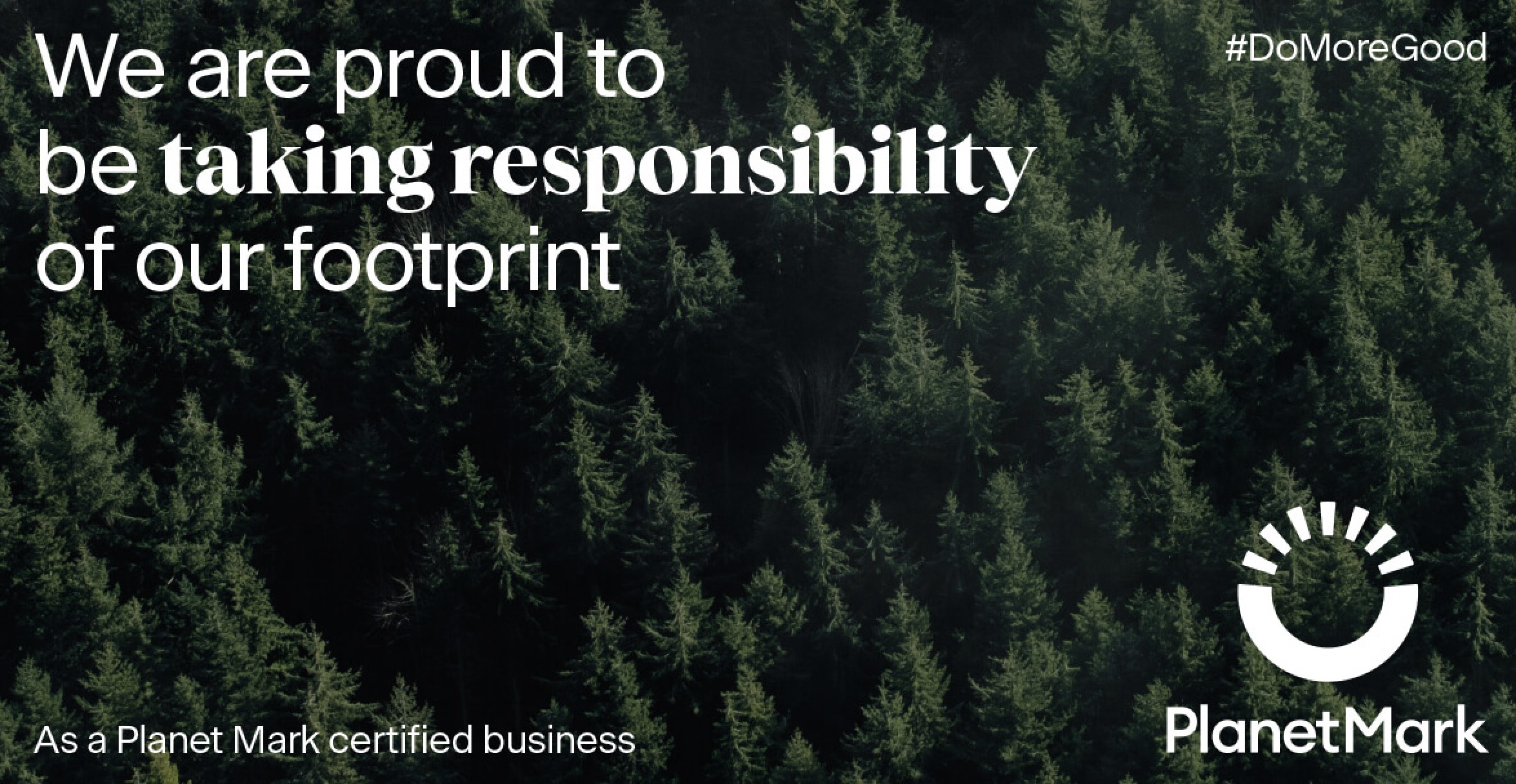Producing impeccable video content at your events leaves a valuable resource to which interested professionals can return again and again. Alternatively, cutting corners in pre-production, recording and editing can undermine what even your best speaker has to say. If the viewer is distracted by shoddy camerawork, inaudible discussion and illegible slides, they’ll see the conference as substandard and be dissuaded from attending in the future.
Here are Catch Talk TV’s top 3 tips to avoid making these mistakes, and how to produce great video content at your next conference.
Production
While no one is expecting Hollywood production values – in fact, an over-the-top approach can be a bit of a hindrance – there a few simple things you can do that will drastically improve your videos’ quality. It might sound obvious, but ensure the cameras you use are up to scratch. Many production companies choose to have a camera fixed on the speaker and their slides. This only works if the equipment is of a high enough resolution to allow your viewers to read what is on the slides. If you have any concerns that the slides’ content might be illegible for any reason – especially font size and colour – be sure to incorporate close-ups during post-production.
Prioritising the slides over footage of the speaker is another way to maximise their visibility.
Cutting between slide and speaker makes for a more engaging and comprehensive watch, as it allows the viewer to read what the speaker is referring to while they are talking.
Much is made of TED Talks tendency to dedicate a lot of time to close-ups of their speakers’ faces. This is a great way to convey their enthusiasm and passion, as any speaker worth listening to will show it through some emotive facial expressions. This brings up another key point to top-notch video production: lighting. If a speaker is dimly lit, a lot of this nuanced expression is lost. On the other hand, gaudy, over-lit presentations are draining to watch. Before you begin filming, take the time to find the right balance, bearing in mind that what looks good in person may not translate well to video.

You’d be amazed at how often I watch conference videos to find some complaint with the audio. The most common problem is switching between a single speaker and panel discussion. Post-talk Q&As often produce the most interesting material, so if your viewers are giving up because they cannot hear what is being said, they are missing out on a huge selling point of your events. The appropriate number and quality of microphones is not difficult to determine. When this goes awry, it looks extremely amateurish.
Length
People are not likely to watch a video that is more than twenty minutes long. Discuss this with your speakers and encourage them to cut any superfluous content if they say their talk will last much longer than this.

Sponsors
If you are allowing your content to be viewed for free, generating revenue wherever else you can is essential. An underused source is pre-roll adverts. Allowing relevant companies to show their logos before the presentation begins is both a way to monetise your videos and gives a talk an air of professionalism, particularly if you are able to secure the backing of some notable brands.
________________________________________________________
Henry Embleton is the founder of Catch Talk TV. He previously worked as a publisher, producing special interest reports in The Times, Sunday Times and for Raconteur Media before founding his first company, Silver Seed, a boutique headhunting recruitment company specialising in the media sector. Here he gained a deeper insight into the power of video content and had the vision to build a valuable platform for professional content, which became Catch Talk TV.
You can find him on Twitter @henry_embleton


